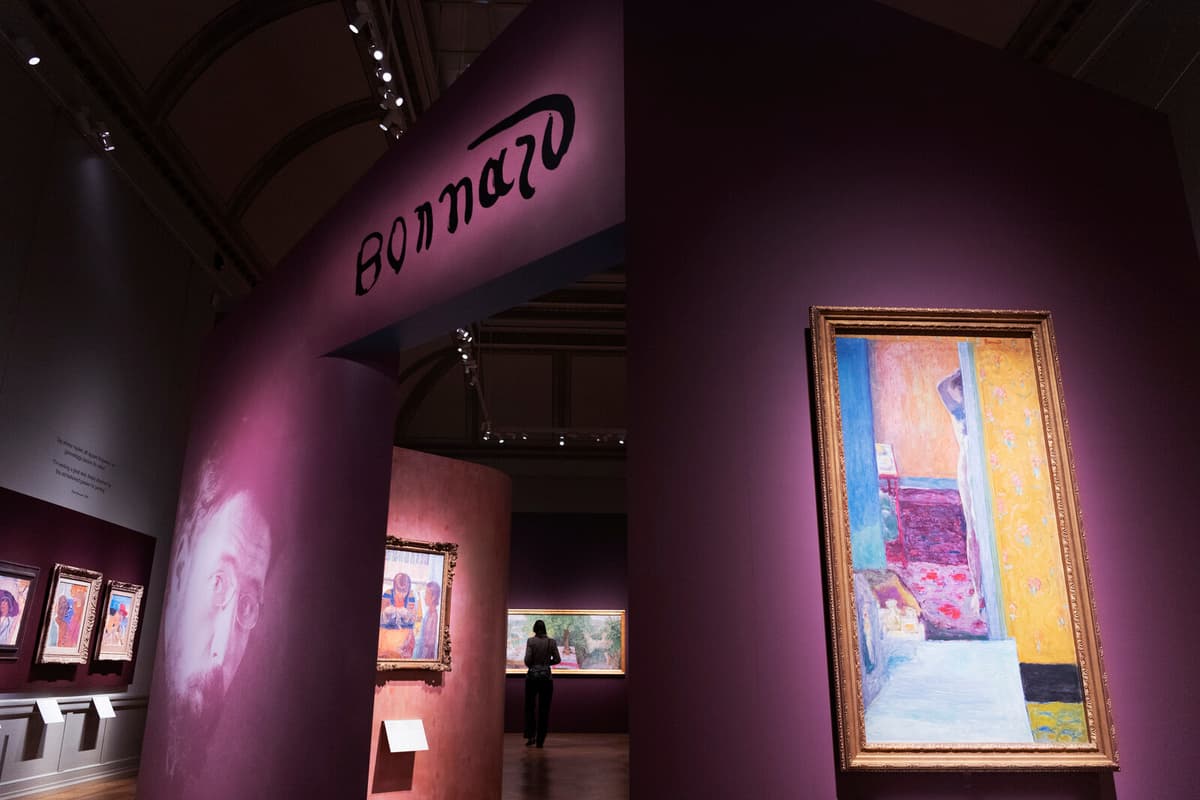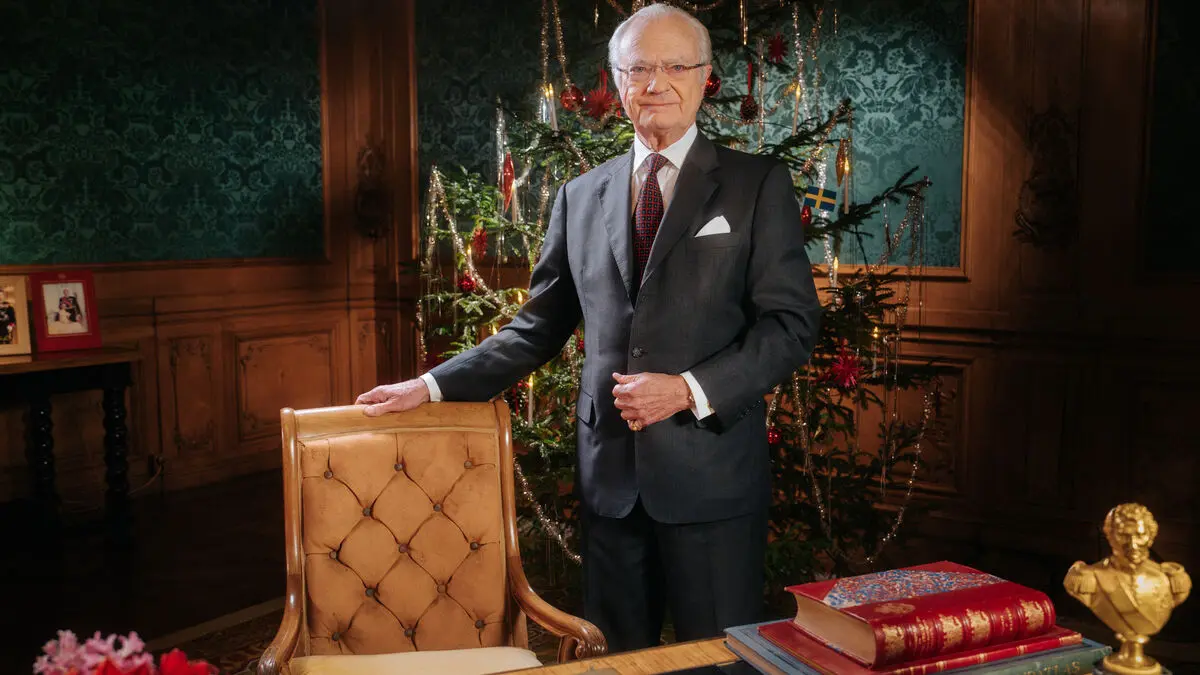Pierre Bonnard has been called "le peintre de bonheur" – the painter of happiness. Two world wars were fought during the Frenchman's lifetime, but without any direct traces in his art – or? He drew his motifs from his physical proximity: the garden, the dining room, the bathroom, and his wife Marthe, with or without clothes.
Life outside doesn't seem to exist. We get to be part of his bubble, and that might be what we need right now. At least, I think it can serve a function, says Linda Hinners.
The National Museum in Stockholm, however, shows both the dazzling color festival and a disturbing darkness. The warm, golden self-portrait from 1931 – "The Boxer" – depicts a man with almost palpable anxiety, akin to Edvard Munch, whose paintings hang alongside Bonnard's in a room.
Often, you can sense an undertone of something that may not be so happy, especially in his interior scenes, where there is melancholy or detachment, says curator Per Hedström, showing a famous erotic bedroom painting where Bonnard painted himself and his future wife, both naked and demonstratively separated.
Tajmas
The exhibition is timed with the film premiere of the French film "Bonnard – Art and Love", about the couple who got married after 25 years. The prolific Bonnard painted and drew hundreds of works with his partner as a model. The naked female body was also one of his favorite motifs, but without voyeurism, thinks Linda Hinners.
Let's look at these images as they are! They are made with such care for details, it's about capturing the moment, this dreamy, poetic atmosphere that vibrates, she says.
After Pierre Bonnard's death, his wife was described as a paranoid and obsessive bather. Later research has, however, shown that a dirty inheritance dispute may have led to her being demonized by her husband's heirs.
Still Life
During a period, she painted under the pseudonym Marthe Solange, and the National Museum is showing some of her still lifes.
She is so present in his art, this was a great opportunity to include her, says Per Hedström.
Regardless of motif, Pierre Bonnard sought "the absolute expression". He painted from memory and rarely became completely clear. "Bonnardizing" became a new word for dabbing with the brush until the end.
It feels like each painting is new – as if he always starts from scratch. There is no mannerism, says Per Hedström.
On display: February 20 to May 18.
The Artist: Pierre Bonnard (1867–1947) was a contemporary of Henri Matisse but ended up in his shadow. They are described today as two of the 20th century's greatest French artists.
In 1939, Bonnard was shown in a large exhibition in Oslo, Gothenburg, and Stockholm. His art would have a significant influence on Nordic artists, including the so-called Gothenburg Colorists.
The exhibition at the National Museum includes 60 paintings by Pierre Bonnard, of which 54 are on loan.
An additional hundred works by artists such as Edvard Munch, Ragnar Sandberg, and Karin Parrow, among others, show the significance Bonnard had for his Nordic colleagues.





